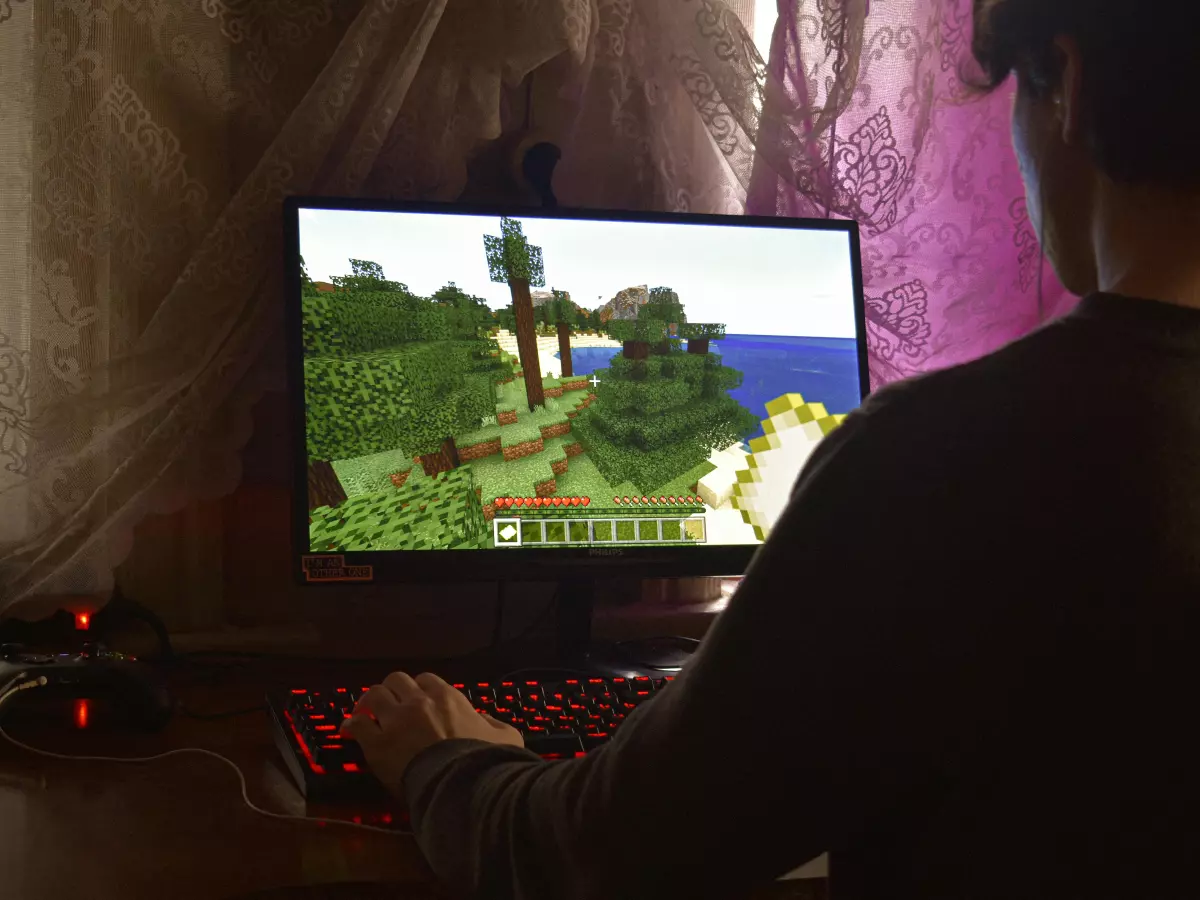AI Pathfinding Unveiled
Ever noticed how NPCs in your favorite games seem to know exactly where to go, even in the most complex environments? It’s almost like magic—until it isn’t.

By Sarah Kim
We’ve all been there: you’re deep into a game, and suddenly, an NPC (non-player character) gets stuck running into a wall or spinning in circles. It’s frustrating, right? But what’s even more fascinating is how often this doesn’t happen. For every glitchy NPC, there are hundreds that navigate the game world seamlessly, dodging obstacles, finding the quickest routes, and making it all look effortless. So, how do game engines pull this off? The answer lies in AI pathfinding, a behind-the-scenes hero that makes sure your NPCs don’t end up in a corner, staring at a wall.
AI pathfinding is one of those things that, when done right, you don’t even notice. But when it goes wrong, it can break immersion faster than a lag spike in a multiplayer match. Let’s dig into how game engines handle this crucial task and why it’s such a big deal for modern games.
What Exactly Is AI Pathfinding?
At its core, AI pathfinding is the process of determining how an NPC moves from point A to point B in a game world. Sounds simple, right? Well, not so fast. In a game, the environment is often filled with obstacles—walls, trees, enemies, you name it. The challenge is to make sure the NPC can navigate around these obstacles efficiently, without getting stuck or taking a ridiculously long detour.
Pathfinding algorithms are the brains behind this operation. They calculate the best route for an NPC to take, considering all the obstacles in the way. The most common algorithm used in games is A* (pronounced “A-star”), which finds the shortest path between two points while avoiding obstacles. But A* is just the tip of the iceberg. There are other algorithms like Dijkstra’s and Breadth-First Search, each with its own strengths and weaknesses.
Why It’s Harder Than It Looks
Now, you might be thinking, “Okay, so the game just calculates the shortest path and boom, the NPC moves.” Well, not exactly. The real world—or rather, the virtual world—is messy. In a game, you’ve got dynamic environments where things are constantly changing. Maybe a door that was open is now closed, or an enemy has moved into the NPC’s path. The game engine has to constantly update the NPC’s path to account for these changes in real-time.
And then there’s the issue of performance. Calculating the best path for one NPC is manageable, but what happens when you’ve got dozens—or even hundreds—of NPCs all trying to navigate the same space? If the game engine isn’t optimized, you’ll see a massive hit to performance, with NPCs freezing or lagging as the engine struggles to keep up with all the calculations.
NavMeshes: The Secret Sauce
One of the most popular techniques game engines use to handle pathfinding is something called a Navigation Mesh (or NavMesh for short). A NavMesh is essentially a simplified version of the game world that the NPCs use to navigate. Instead of calculating paths in the full 3D world, the game engine breaks the environment down into a series of interconnected polygons. The NPCs then move from one polygon to the next, which drastically reduces the complexity of the pathfinding calculations.
Think of a NavMesh like a GPS map. When you’re driving, your GPS doesn’t show you every single tree, building, and obstacle along the way. It just shows you the roads and calculates the best route based on that simplified map. The same concept applies to NavMeshes in games. By simplifying the environment, the game engine can calculate paths much more efficiently, allowing for smoother NPC movement without sacrificing performance.
Dynamic Pathfinding: Keeping It Fresh
But what happens when the environment changes? Say a bridge collapses, or a new obstacle appears in the NPC’s path. This is where dynamic pathfinding comes into play. In older games, NPCs would often get stuck when the environment changed because their paths were pre-calculated and couldn’t adapt to new obstacles. But modern game engines use dynamic pathfinding to constantly update the NPC’s route in real-time.
This is done by recalculating the NavMesh on the fly or using a technique called local avoidance, where the NPCs can detect obstacles in their immediate vicinity and adjust their movement accordingly. It’s kind of like how you might swerve to avoid a pothole while driving, even though your GPS didn’t tell you to. Dynamic pathfinding ensures that NPCs can react to changes in the environment, making for a more immersive and realistic gaming experience.
Multiplayer Pathfinding: A Whole New Beast
Now, let’s throw multiplayer into the mix. In a single-player game, the game engine only has to worry about the NPCs. But in a multiplayer game, you’ve got real players moving around the world, too. This adds a whole new layer of complexity to pathfinding, as the game engine has to account for both NPCs and players when calculating paths.
In multiplayer games, pathfinding often has to be synchronized across all players to ensure that everyone sees the same thing. If one player sees an NPC walking through a wall while another player sees the NPC taking a different route, it can break immersion and lead to confusion. To solve this, game engines use server-side pathfinding, where the pathfinding calculations are done on the game server and then sent to all the players. This ensures that everyone is on the same page and sees the same NPC movements.
The Future of AI Pathfinding
So, what’s next for AI pathfinding? As game worlds become more complex and dynamic, pathfinding algorithms will need to evolve to keep up. We’re already seeing advancements in machine learning and AI that could revolutionize how NPCs navigate game worlds. Imagine NPCs that can learn from their mistakes, adapting their paths based on past experiences. Or NPCs that can predict where players are going and adjust their movement accordingly.
Another exciting development is the use of procedural generation in pathfinding. In procedurally generated games, the game world is created on the fly, which means the NavMesh has to be generated dynamically as well. This is a huge challenge, but it opens up new possibilities for creating massive, ever-changing game worlds where NPCs can still navigate seamlessly.
In the end, AI pathfinding may not be the flashiest feature in a game, but it’s one of the most important. Without it, your favorite NPCs would be wandering aimlessly, bumping into walls, and generally making a mess of things. So the next time you’re playing a game and notice how smoothly the NPCs move through the world, take a moment to appreciate the magic of AI pathfinding—and the game engine that makes it all possible.





